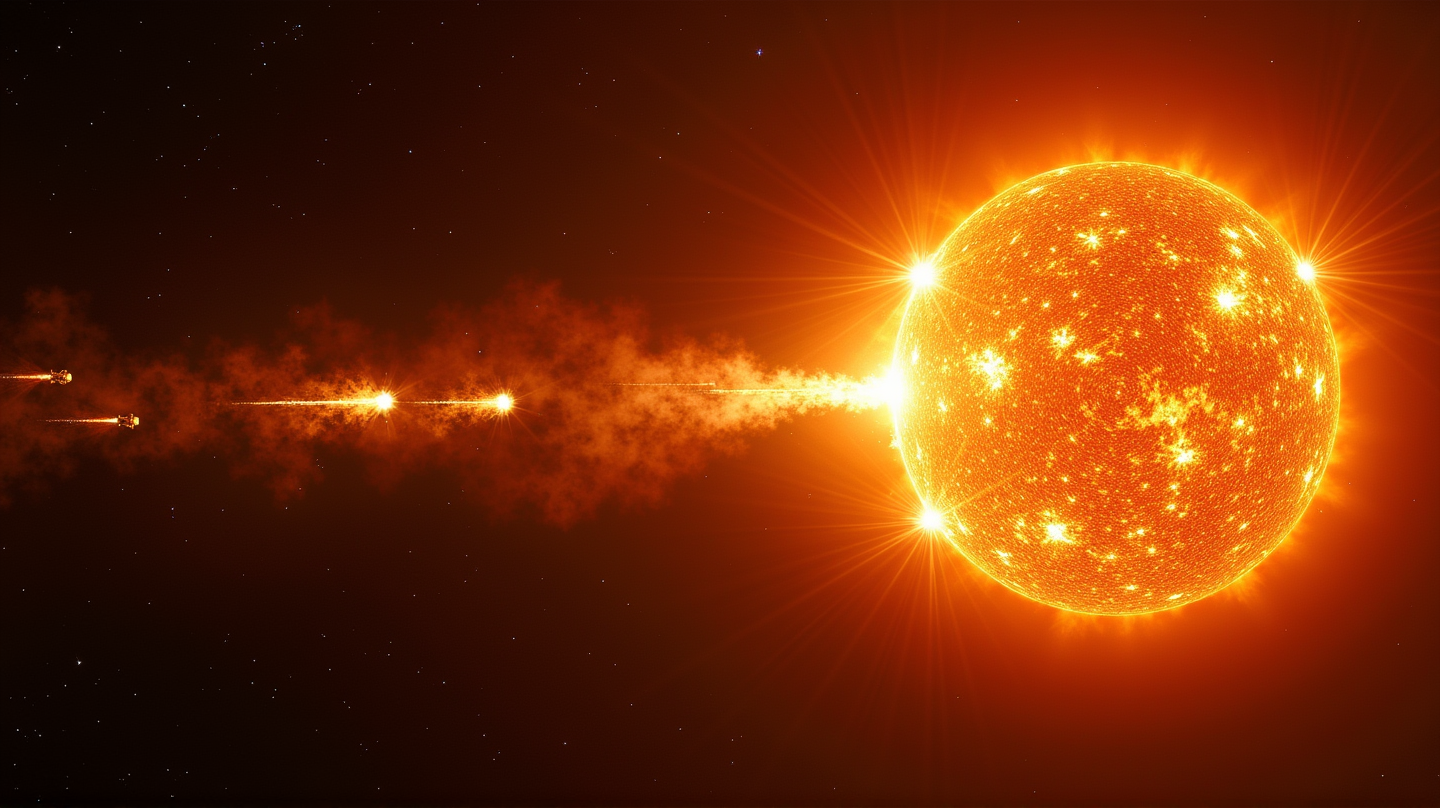NASA Ushers New Era in Space Weather Prediction with PUNCH Mission
NASA's PUNCH mission reaches its key orbit, unveiling groundbreaking data on solar wind, promising a new age of understanding space weather impacts.

NASA’s latest accomplishment with the PUNCH mission marks a new frontier in space weather forecasting. On August 7, 2025, a ensemble of four spacecraft successfully entered their designated orbits, poised to unravel the mysteries of solar activities.
Pioneering a Global Path in Solar Wind Observation
Positioned strategically along Earth’s day-night boundary, the PUNCH mission offers a panoramic perspective of the Sun and its pervasive solar wind. This setup transcends the fragmented glimpses from previous missions, according to The Daily Galaxy. Craig DeForest, the principal investigator, elucidates, “This global perspective eradicates old limitations, presenting a continuous view of solar interplay with Earth.”
Understanding solar wind interactions is pivotal not only for scientific curiosity but also for practical applications; predicting space weather could safeguard our satellites and communication systems.
Harnessing Advanced Imaging for a Cosmic Portrait
Equipped with state-of-the-art imaging devices, PUNCH’s spacecraft are designed to visualize the Sun’s intricacies like never before. The Narrow Field Imager, with its coronagraph, uncovers hidden features of the solar corona, while the Wide Field Imagers provide expansive views of solar wind dynamics.
The synergy of these tools facilitates a comprehensive mosaic of solar activities, offering data crucial for refining predictive space weather models. The public can access these images, a testament to transparency and collaboration, via NASA’s data repositories.
Building a Collaborative Universe through Shared Data
The PUNCH mission doesn’t operate in isolation; it joins a stellar cast of heliophysics missions, each contributing a piece to the solar puzzle. “PUNCH’s contribution is the global canvas needed alongside insights from missions like Parker Solar Probe,” emphasized Nicholeen Viall of NASA’s Goddard Space Flight Center.
Such collaboration allows for multi-angled exploration, promoting an enriched understanding of solar behavior and its reverberations across space weather phenomena.
Bridging Earth and Sun with Pioneering Science
By converging data streams from multiple missions, scientists aspire to create more refined models of solar behavior, unlocking pathways for innovative technologies and strategies to protect against cosmic disruptions.
As the PUNCH mission champions collaborative exploration, it symbolizes a promising step toward advancing our cosmic comprehension and safeguarding our world from the unpredictable orchestra of space weather.

